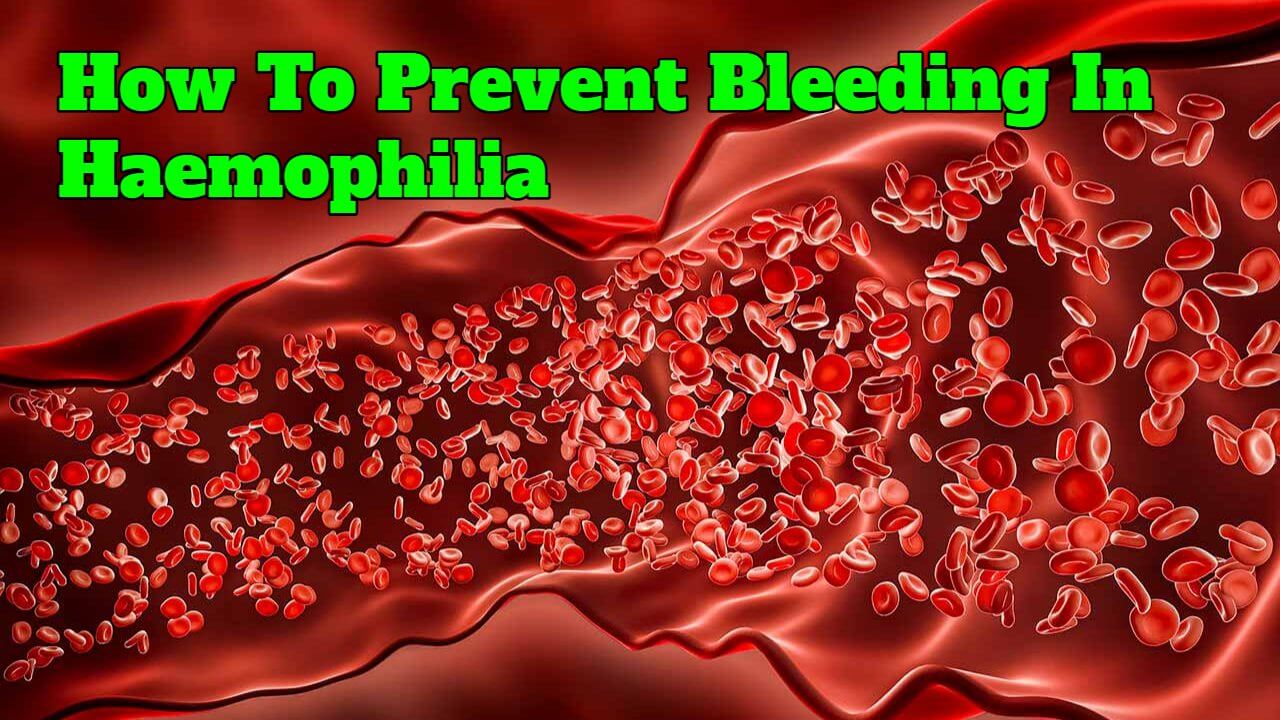

Hemophilia is a hereditary condition that interferes with the body’s capacity to clot blood effectively, resulting in spontaneous and persistent bleeding following injury. While there is no treatment for haemophilia, persons with the illness can take many actions to reduce bleeding and successfully manage the condition. Here are some key measures to mitigate haemophilia-related bleeding:
Replacement Therapy: Clotting factor replacement therapy is the basis of haemophilia treatment. It includes an intravenous infusion of clotting factors and concentrates on replacing missing or insufficient clotting factors in the blood.
Avoidance Of Activities: Individuals with haemophilia should avoid activities that may result in bleeding or trauma, such as contact sports, rough play, or activities with a high risk of falling. Swimming and cycling may be safer options.
Precautions during everyday activities: Daily activities can help avoid bleeding episodes. For example, they are using a soft-bristled toothbrush and being careful when flossing to reduce gum bleeding, shaving with a sharp razor, and avoiding activities that might cause cuts or bruises.
Making a safe home environment: Making a safe home environment is critical for those with haemophilia. This may include removing sharp things or ensuring they are securely kept, using non-slip mats to minimize falls, and using caution when handling knives or other sensitive items in the kitchen.
Precautions during everyday activities: Daily activities can help avoid bleeding episodes. For example, they are using a soft-bristled toothbrush and being careful when flossing to reduce gum bleeding, shaving with a sharp razor, and avoiding activities that might cause cuts or bruises.
Making a safe home environment: Making a safe home environment is critical for those with haemophilia. This may include removing sharp things or ensuring they are securely kept, using non-slip mats to minimize falls, and using caution when handling knives or other sensitive items in the kitchen.
Regular check-ups and vaccinations: Regular check-ups with a healthcare practitioner and remaining current on immunizations, particularly for hepatitis A and B, can help avoid infections that may raise the risk of bleeding episodes in people with haemophilia.
Individuals with haemophilia can lower their risk of bleeding episodes and manage the illness efficiently using these preventative strategies. Working collaboratively with a healthcare practitioner to build a personalized plan for reducing bleeding based on individual requirements and circumstances is essential.
In today's article, we will learn the importance of happiness and how to maintain it…
Today, we will look at three common mistakes couples make in their relationships regarding intimacy…
In this article, we will learn about the simple ways that can help one overcome…
Check out the list of couples' biggest relationship mistakes in this article.
In this article, we will learn about anxiety and how one can handle it in…
In this article, you will understand the horrifying effects of child abuse.